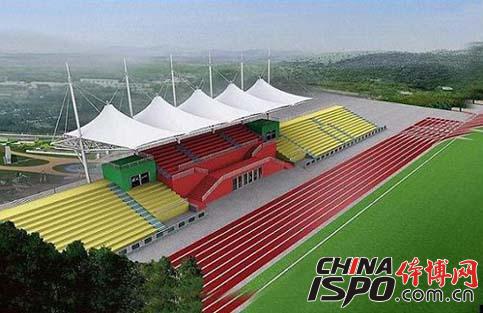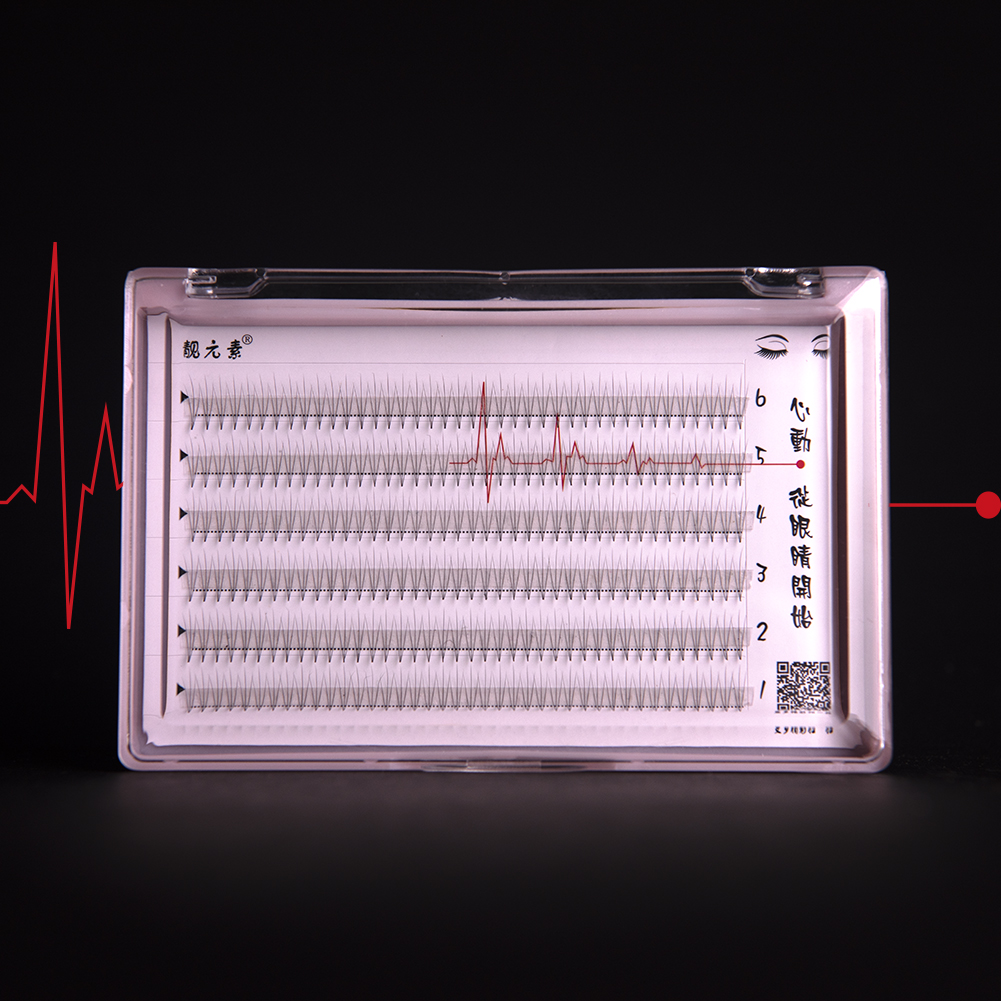Brief introduction to the structure of stretch film in stadiums
Tensioned Membrane Structure (Tsioned Membrane Structure) is a structural system that consists of the tensile stress of the membrane itself and the support rod and cable. Under the sunlight, the interior of the building covered by the membrane is filled with natural diffuse light. Without the contrast between the smooth and glossy surfaces, the indoor visual environment is open and harmonious. At night, the lights in the building illuminate the night sky through the membrane of the roof, and the building's body shape shows a fantastic effect. Membrane material classification: At present, the widely accepted standards for architectural membranes are the three categories of A, B, and C specified by Japan's JISA-93 and are classified according to the merits of their fire performance. Class A: Class A is the best. It is made of glass fiber fabric coated with PTFE. B: Secondly, it is made of PVC with a glass fiber fabric coated with PVC. Class C: Class C is the third most common of the three classes. Polyester (polyester) fabrics are coated with PVC as the substrate. According to the coating material, there are PTFE, PVDF, PVF, PVC, PU, ​​and rubber. Membrane structure features: 1. Lightweight: The reason for the small self-weight of the tension structure is that it relies on prestressed forms rather than materials to maintain structural stability. So that its self-weight is much smaller than the traditional building structure, but it has a good stability. Architects can use their lightweight large-span features to design and organize structural details and organically unite their light and stable structural characteristics. 2. Transparency: Transparency is one of the most widely recognized features of modern membrane structures. The translucency of the membrane material can provide the required illumination for the building, which is very important for building energy efficiency. This is especially important for commercial buildings that require a lot of light and high brightness. Through the comprehensive utilization of natural lighting and artificial lighting, the transparency of the membrane material can provide greater aesthetic creation space for architectural design. At night, light transmission changes the film structure into a light sculpture. 3. Flexibility: Tensile film structure is not rigid, it will be deformed under the action of wind load or snow load. The membrane structure adapts to the external load through deformation, and the radius of curvature of the membrane surface in the direction of the load will decrease during this process until it can resist the load more effectively. 4. Sculptural Sense: The unique curved surface of the tensioned membrane structure gives it a strong sense of sculpture. The film surface is self-balanced by tension. The sense of balance of the negative Gaussian film's undulations allows the larger-sized structure to look like it's free from gravity and floats in between the heavens and the earth. This sculptural texture is exciting both indoor and outdoor. 5. Safety: Lightweight tensioned membrane structures designed in accordance with existing national norms and guidelines have sufficient safety. The lightweight structure can maintain good stability under the action of horizontal loads such as earthquakes. Membrane structure design content: 1. Initial state analysis: Ensure that a three-dimensional balanced surface with stable shape and uniform stress distribution is generated and can resist various possible load conditions; this is an iterative process. 2. Analysis of the load state: Tensile film structure itself is light weight, only 1/5 of the steel structure, 1/40 of the concrete structure; therefore, the membrane structure has good adaptability to seismic forces and is sensitive to the effects of wind . In addition, the effects of snow loads and live loads must also be considered. Because there are few observations at present, the design of the membrane structure usually uses the safety factor method. 3, the determination of the main structural member size, and the finite element analysis of the support structure. When the design method of the support structure is different from the membrane structure, attention should be paid to coefficient conversion between different design methods. 4. Connection design: Including bolts, welds, and minor component dimensions. 5. Trim design: This process should have the necessary test data, including the Young's modulus and trim compensation value of the selected membrane material (which should be determined by biaxial tensile test). Membrane structure application: Cultural facilities: exhibition centers, theaters, conference halls, museums, botanical gardens, aquariums, etc. Sports facilities: stadiums, gymnasiums, fitness centers, swimming pools, tennis halls, basketball halls, etc. Commercial facilities: shopping malls, shopping centers, hotels, restaurants, shops (provocative), commercial streets, etc. Transportation facilities: airports, railway stations, bus stations, toll stations, docks, gas stations, bridges and other bridges. Industrial facilities: factories, warehouses, research centers, processing centers, greenhouses, logistics centers, etc. Landscape facilities: building entrance, iconic skies, pedestrian street, parking lot, etc. related articles: "Introduction to the Inflatable Structure of Stadiums" Http://
Take advantage of the lightweight flat Lash combined with the technology of the 3D grouped lashes. These lashes are .10mm thick and there are 3 strands of .10mm synthetic minks in these grouped lashes. The bases of these lashes are connected together with a small amount of adhesive to keep them together when applying. There are approximately 60 grouped lashes in a tray. Available in C, D curl 8mm, 10mm, 12mm, 14mm
Cluster Lashes Premade fans eyelashes, Cluster Eyelashes, Cluster Eyelash Extensions, Cluster Lash Extensions Luyi County Jiamei Cosmetic CO.,Ltd , https://www.eyelash.show

